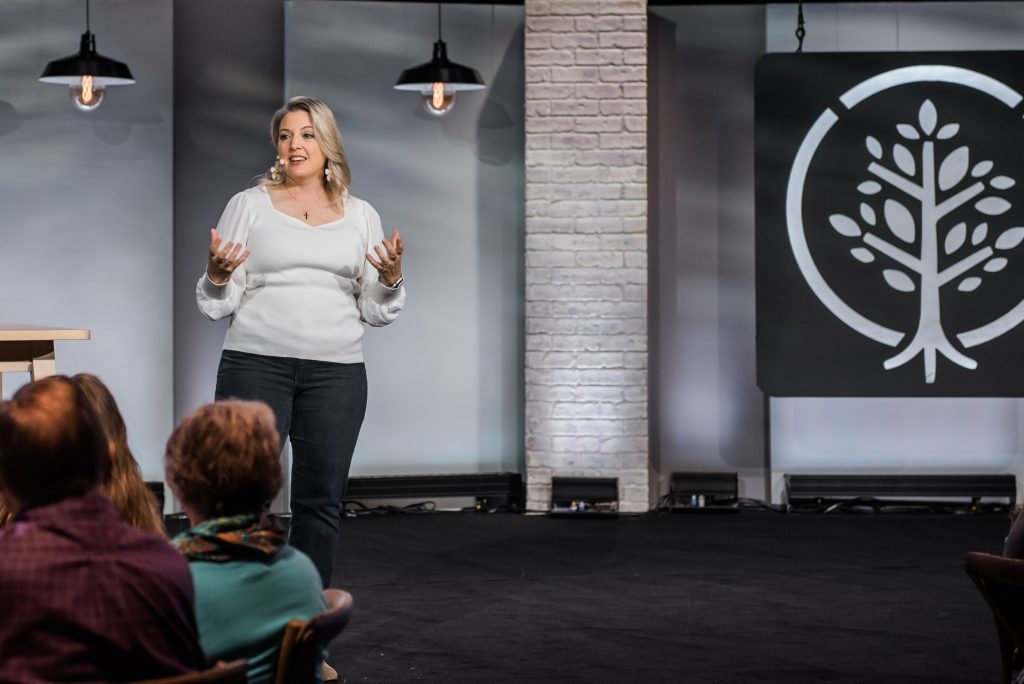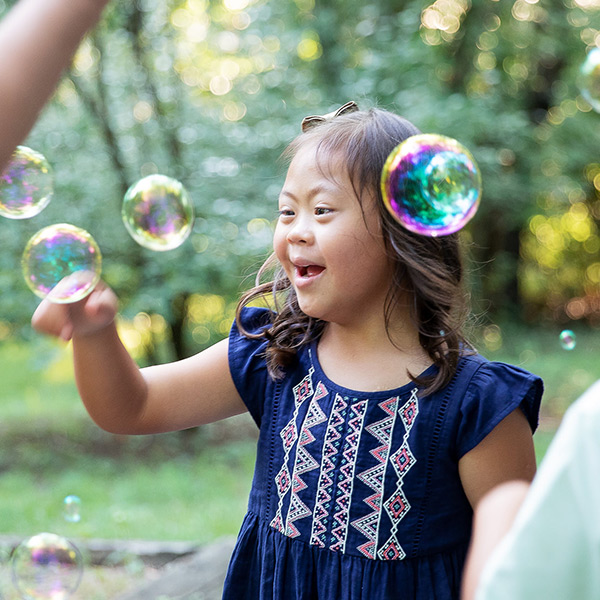Hope for the Journey 2023 Discussion Guide

As a host of the 2023 Hope for the Journey Conference, the discussion guide below offers suggestions for small group discussion to reinforce what is taught and shared in the conference. Based on the size and needs of your group, you can choose the activities that will work best in your context. It is divided by topic, which offers additional flexibility for your schedule. If you are hosting virtually, consider utilizing virtual breakout rooms for smaller group discussions.
Many thanks to the team at Empowered to Connect for their support on this guide!
An Introduction to TBRI
Risk Factors
Difficult Pregnancy
Difficult Birth
Early Hospitalization
Abuse
Neglect
Impacts of Institutional Care
Which of those risk factors have a child/children in your care experienced?
How does considering the potential impact of those risk factors change the way you view behavior?
Trauma
Children who have experienced relational trauma will experience healing through safe, nurturing relationships. — Dr. Karyn Purvis
How does the thought above change the way you view your role as a caregiver?
Impact of Risk Factors
The 5 Bs
Brain
Biology
Body
Behavior
Beliefs
When thinking about the “5 Bs,” which ones do you see impacted by your child’s history?
How does considering those impacts through a trauma lens inform the way you respond and care for your child(ren)?
Brain
Share a time when you misinterpreted a child’s or teen’s behavior as willful defiance or disobedience when in fact they were experiencing stress— therefore stuck in their downstairs brain, unable to access their upstairs thinking brain? How did you respond? How did he or she react to that response? How could you respond next time while keeping the brain in mind?
Connecting Principles
Connecting
What gets in the way of you connecting with the children or teens in your care?
Why is it sometimes difficult to see beyond a child’s behavior and recognize the underlying need being expressed?
Attachment
When thinking about the attachment cycle, how has a child or teen in your care missed the benefit of a healthy attachment foundation? What are some needs that might have gone unmet for them?
Why is your attachment style important for your child or teen?
Attachment is often described as a dance between the child and the caregiver. What are some ways you have seen your own history get in the way of your relationship with your child or teen?
What issues or hurts from your past might you need to reflect on and make sense of in order to be more emotionally present for your child?
What does “being fully present” mean to you?
Fear
What evidence of fear-driven behaviors or responses have you seen in your child or teen?
What triggers a fear response in your child or teen?
Does your child typically respond to fear or stress with a fight, flight, or freeze response? How do you typically respond to his or her response?
Felt Safety
There is a profound difference in being safe and feeling safe.
Some children have chronically lived in survival mode and never experienced “felt safety.” Describe a time when you were safe but you didn’t feel that way. (It can be either emotional or physical.)
Balance of Nurture and Structure
Growing up, did your parents place more emphasis on structure or nurture? What influence does this have on the way you parent or give care?
Part of building felt safety and connection is keeping a balance of nurture and structure. We typically lean toward being either high nurture or high structure. Are you naturally more structured or more nurturing?
What is a practical step you can take to gain a better balance?
Share an example of when your child or teen might have needed one type of engagement (nurture or structure) and you responded with the other. What was the result for them? What was the result for you?
Are there ways your child needs to be nurtured based on their developmental age (not chronological age) that you don’t feel comfortable providing?
Play
What do you enjoy doing for fun? What does your child enjoy doing? How can you engage your child intentionally around their play style/interests?
Empowering Principles
Sensory
Sensory processing is how the body receives, organizes, and responds to input from the senses (input comes from the environment as well as from within the body).
What are some of your own sensory sensitivities? (For example: tags on shirts, loud noises, certain smells, etc.)
What sensory processing needs have you seen in your child or teen? Which ones have you found it hard to understand and respond to?
Share a time when you might have misinterpreted those needs as “bad” behavior or inflexibility?
What are some ways you can modify your environment to support your child’s or teen’s sensory needs? (Examples: lights, smells, noise, sensory-rich environments, etc.)
Managing Transitions
What are some transitions your child or teen struggles to make?
What strategies can you use to support your child or teen in making these transitions successfully?
Hydration/Nutrition
Is food a struggle in your home?
Do you see any fear-based behaviors in your child that are connected to food?
What is an action step you can take to better support your child’s hydration, nutrition, and felt safety in regard to food?
Correcting Principles
Practice Outside the Moment
What are some common situations that tend to lead to behavioral challenges or conflict in your family?
How could you “practice outside of the moment” to help create a new pattern of behavior or interaction—for both you and your child?
IDEAL Response©
I – Immediate (3 seconds or less)
D – Direct (close proximity, gentle eye contact, mindful of tone of voice, “Engagement Strategies”)
E – Efficient (correct level of response)
A – Action Based (helping the child learn and accomplish the desired behavior, “try it again,” TBRI Behavioral Scripts)
L – Leveled at the Behavior (not the child)
Which of the IDEAL elements do you typically do well?
Which do you struggle with and why? What are some specific ways you can become more “efficient” in how you respond to your child’s or teen’s needs and behaviors?
Re-Do
What behaviors does your child exhibit that might be engaged by a “re-do?” Discuss in detail how you could use the “re-do” strategy to address the behavior.
Why is it sometimes difficult to offer children “re-dos?”
Levels of Response
Level 1 – Playful Engagement:
Situation: Low-level, showing disrespect, speaking out of turn, interrupting
Goal: Re-do, muscle motor memory, active playful learning
Level 2 – Structured Engagement:
Situation: Higher level, no physical threat or danger
Goal: Provide “compromises” or “choices”
Level 3 – Calming Engagement:
Situation: Elevated to the point when the child needs support and help to regulate and calm
Goal: Provide opportunities and support to calm and regulate
Level 4 – Proactive Engagement
Situation: Active threat of physical harm or danger
Goal: Provide safety for all involved
Do you find that you overreact or underreact to behavior that, on the surface, you once viewed as defiant but now understand is an unmet need being expressed? What contributes to your reaction?
When thinking about playful engagement, what are some barriers and/or misconceptions about using this strategy to help meet needs expressed through your child’s behavior? Do you find it difficult to respond playfully?
Share an example of when you could use “choices” (offering two appropriate choices equally agreeable to you as the parent/caretaker) to redirect a behavior you see in your child.
Share an example of when you could use “compromises” to give your child a voice as you respond to a need being expressed through his or her behavior.
When thinking about “calming engagement,” what helps you regulate and calm? What helps your child or teen regulate and calm? How can you support regulation when they are struggling?
Share an example of a time when you responded punitively when your child might have needed your support to regulate instead.


